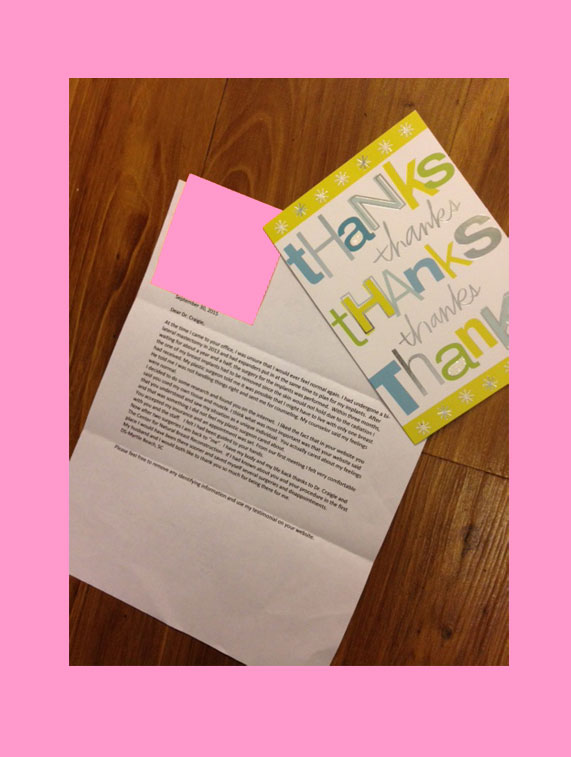Q:
I had a bilateral mastectomy three years ago because of stage one ER positive breast cancer in the left breast and DCIS in the right. I chose to have a double mastectomy to avoid radiation. I hate my reconstruction! It feels unnatural and bulbous, and the breasts are too far apart. They are uncomfortable when I sleep because they are too big (they are gel inserts). I can’t feel anything on the front of either of my breasts. Can you help me?
Susan
A:
Hi Susan,
You are not alone. Many women have gel implant reconstructions that feel very unnatural. Fortunately, there is an excellent chance we can help you. We have reconstructed hundreds of women using only their own tissue (DIEP flaps or sGAP flaps), which leaves the most natural-feeling breast reconstruction currently possible. Fortunately, a prior history of unsatisfactory implant-based reconstructions doesn’t affect our ability to reconstruct your breasts using your own tissue.
In the unlikely event that you do not have adequate donor tissue for a fully natural reconstruction, there are other options available (such as placing the implants in front of the muscle), but we recommend using your own tissue if possible for the most natural, long-lasting result. I would be very happy to speak with you by phone, or see you for a consultation, if you would like. Please let us know how we may help.
Richard M. Kline, Jr., MD

















